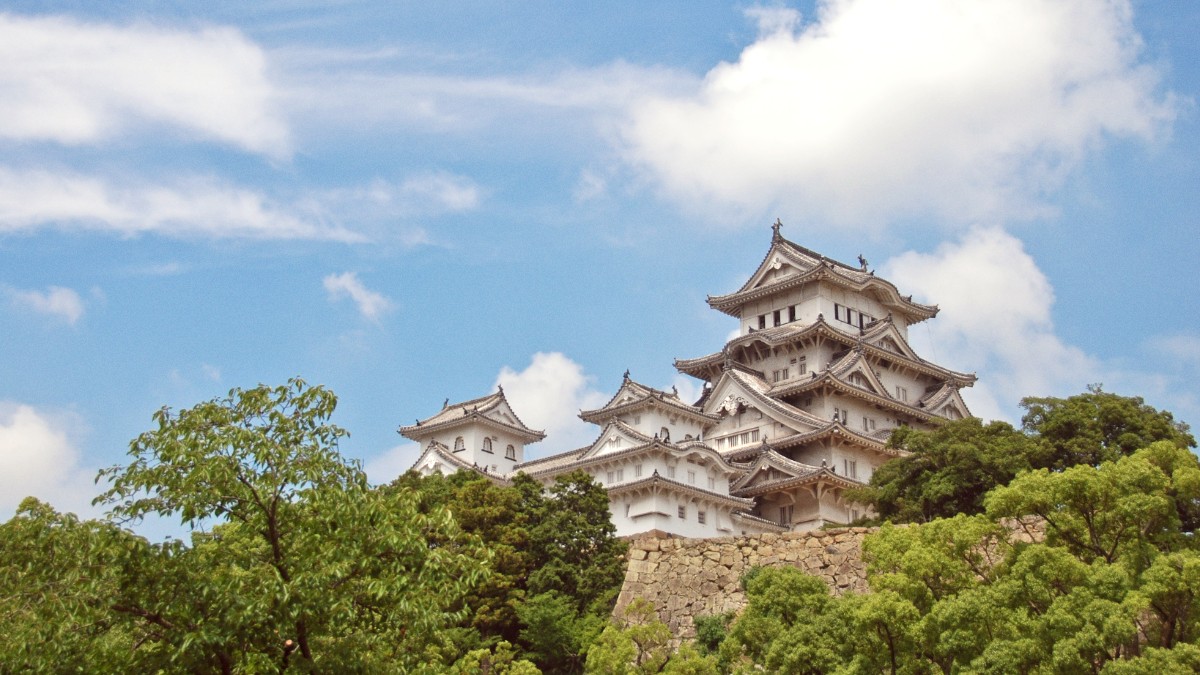
Western Honshu, Japan
The nearest major airport is Hiroshima Airport (HIJ). Other international airports used for accessing the region are Osaka Kansai International Airport (KIX) and Fukuoka Airport (FUK).
Kansai International Airport (KIX) and Fukuoka Airport (FUK) are larger international hubs with extensive global routes.
Hiroshima Airport (HIJ) and major hubs like KIX and FUK offer shops, restaurants, currency exchange, ATMs, and duty-free stores. Free Wi-Fi is available.
Flight prices generally increase during peak seasons (cherry blossom, autumn foliage, Golden Week). Low season often sees lower airfares.
From HIJ, the Airport Limousine Bus to Hiroshima Station (50 min, ¥1,450) is the most direct option. Taxis are expensive.
The most common way to reach Hiroshima from other major Japanese cities. From Tokyo, Nozomi takes about 4 hours. From Kyoto/Osaka, Nozomi takes 1.5-2 hours.
A cost-effective option for extensive train travel. It covers Shinkansen (except Nozomi, with surcharge), JR local trains, and the JR ferry to Miyajima.
Connect Hiroshima with various cities across Japan. Generally slower but more economical than the Shinkansen. Companies include Willer Express and JR Bus.
This is the main mode of access to Miyajima island. Two companies operate this route: JR Miyajima Ferry and Miyajima Matsudai Kisen.
This direct ferry travels from Hiroshima Peace Memorial Park, near the Atomic Bomb Dome, to Miyajima.
Hiroshima Port (Ujina Port) serves cruise ships, which may have excursions to Miyajima. The World Heritage Sea Route ferry uses the Ota River in Hiroshima before entering Hiroshima Bay.
An International Tourist Tax, often called the "Sayonara Tax," of ¥1,000 is included in the price of flight or ship tickets for departures from Japan. This is not paid separately at the airport or port.
Hiroshima, your gateway to Miyajima, offers a robust public transit system.
Miyajima is mainly a pedestrian island. Public transport options are limited to the ropeway.
Hiroshima Station is a major hub for Shinkansen, JR local lines, streetcars, and buses. Genbaku Dome-mae is a major streetcar stop for Peace Park.
Pay cash on streetcars/buses. Major IC cards like Suica, Pasmo, ICOCA are generally accepted on Hiroshima's streetcars, buses, and the JR ferry.
Newer Hiroshima streetcars are wheelchair accessible. Miyajima's main path is flat. Many temples and Mt. Misen have steps.
Japanese taxis are typically clean, well-maintained, and often have automatic opening rear doors. A green light in the front window indicates availability.
Ride-sharing apps in Japan typically partner with local taxi companies, maintaining high safety standards.
Designated taxi stands are available directly outside the terminal for passenger convenience.
Large taxi stands are situated at the station, offering easy access to transport.
Taxis are rarely needed or available on the pedestrian-focused island itself.